Few bible topics seem to attract as much prurient excess like the Ark of the Covenant. Studies on the Ark have typically followed two unhealthy extremes. These studies either follow the path of extreme skepticism after Julius Welhaussen, Gerhard von Rad, and the biblical minimalists. Or they follow the treasure hunting of Ron Wyatt, Graham Hancock, and a large host of other weird players.
What makes this issue timely was a story on Fox News yesterday re-announcing that “Bible scholars believe the legendary Ark of the Covenant may have landed in Africa…” The ‘scholar’ who announced this was Bob Cornuke who is a self-styled adventurer after the likes of Indiana Jones. He has searched for Noah’s Ark, the biblical Golgotha, the ‘real’ Mount Sinai, and now the Ark of the Covenant.
Treasure Hunters
Treasure hunting is hardly new when it comes to the Ark. In AD 1899, Freemasons and British-Israelites destroyed the archaeological site of Tara in Ireland looking for the Ark. More recently, the upsurge of dispensational premillennialism in the 1970s renewed interest in end times events. That interest in eschatology also kindled an interest the Temple and Tabernacle inviting an influx of speculative theories. Ron Wyatt fed upon this fervor in the late 70s and into the 1990s.
Graham Hancock (1993) used the legend in the Kebra Negast and sterile speculation to suggest Solomon impregnated the Queen of Sheba. The son of Solomon and the Queen of Sheba returned to Axum (Ethiopia) to take up his throne. Solomon, loving his son, made a copy of the Ark for the son to take back with him. But the alleged son swapped out the real Ark with the fake. The son returned to Ethiopia and the Ark ended up in a church where it supposedly still resides today.
The problem with the Kebra Nagast is that it is a mashup of unrelated historical characters and places that could even make the plot lines from Doctor Who seem plausible. Part of that mashup confuses kingdom of Axum with the unrelated kingdom of Saba. Axum is a region in northern Ethiopia that did not become a kingdom until ca. AD 100. Saba was a southern Arabian kingdom that began ca. 1200 BCE and lasted until ca. AD 275. Axum and Saba are in no way related historically or geographically. It is historically impossible for the Queen of Sheba to be monarch of Ethiopia.
Many others writing on the Ark have regurgitated selections of Hancock’s hypothesis. Bob Cornuke and David Halbrook repeated this hypothesis in 2002, Stuart Munro-Hay in 2003, and Randall Price in 2005. These books typically involve an ‘expedition’ to Ethiopia to meet the Guardian, an enigmatic figure connected to the Church of Our Lady Mary of Zion. The Guardian verbally affirms that the church holds the true Ark of the Covenant. Heaven forbid that any of these scholars make an extended expedition to a library. Needless to say, Hancock’s hypothesis is perhaps the most plagiarized hypothesis when it comes to the Ark.
Moreover, these treasure hunters take their readers on vicarious voyages of faith, confusing truth with possibilities. Voyages of faith are a necessary aspect in how we come to believe. But such voyages without a firm foundation in fact neither educates nor illuminates. Thus, such literature has degraded into the pulp fiction of biblical publishing.
Problems with Cornuke’s Hypothesis
Cornuke apparently holds a Ph.D. in Bible and Theology from Louisiana Baptist University. However, questions have been raised about the quality of that dissertation, “Noah’s Ark, the Ark of the Covenant and Mount Sinai in History and Tradition.” Some have suggested that his dissertation was a mishmash of Ron Wyatt’s and Graham Hancock’s theories. Credentials aside, Cornuke’s hypothesis and the related news article have serious problems.
First, the idea that bible scholars believe the Ark landed in Africa is ridiculously weak. The article makes it seem that there is consensus among bible scholars that the Ark is in Ethiopia. Nothing could be further from the truth. The fact is that most bible scholars don’t believe that the Ark existed at all, let alone resides in Africa.
The other fact is that the actual number of scholars that specialize in the Ark is remarkably small. These scholars normally complete of a Ph.D. dissertation on the Ark or its related archaeology or literature. Among scholars that have done this there are less than a half-dozen subject matter experts worldwide; I happen to be one of them. Of real experts on the Ark, none to my knowledge believe the Ark is (or ever was) in Ethiopia.
Also, the hypothesis supplies a narrative but no evidence. Cornuke believes the Israelites transported the Ark up the Nile during the reign of King Manasseh. He believes that Israelites stole the Ark when they established a colony at Elephantine. He thinks this took place when Manasseh introduced pagan worship into Israel. Where is the evidence for any of this?
Furthermore, the biblical text contradicts the hypothesis. 2 Chr 35:3 quotes King Josiah ordering the priests to bring the Ark into the Solomonic Temple. The priests removed the Ark and placed it in temporary housing when the Temple fell into disrepair. Josiah ordered the restoration of the Temple (2 Chr 35:20) and the Ark returned to its place.
What Became of the Ark… And Why it Doesn’t Matter
Finally, the Prophet Jeremiah records in Jer 3:16:
“It shall be in those days when you are multiplied and increased in the land,” declares the Lord, “they will no longer say, ‘The ark of the covenant of the Lord.’ And it will not come to mind, nor will they remember it, nor will they miss it, nor will it be made again.”
Jeremiah was active from the 13th year of Josiah until after the destruction of the Solomonic Temple. His writing stating “nor will it be made again” implies that the Ark no longer existed. In other words, Nebuchadnezzar II destroyed the Ark and no one would rebuild it. And like the people who mourned over the destruction of the Temple, some mourned over the destruction of the Ark.
After the priests brought the Ark into the Temple, the Lord’s glory departed from between the wings of the cherubim, and the glory of the Lord filled the Holy of Holies (1 Kings 8:11). After that, the Ark was no longer important. The thing that made the Ark special was not its physical existence or its value in gold. The truly valuable thing about the Ark was the presence of God dwelling in the sacred space between the cherubim.
The Ark does have a rich ancient history. And as an artifact, it is an object worthy of study. But to get something meaningful from such studies, we need go beyond both beyond extreme skepticism and beyond Indiana Jones.
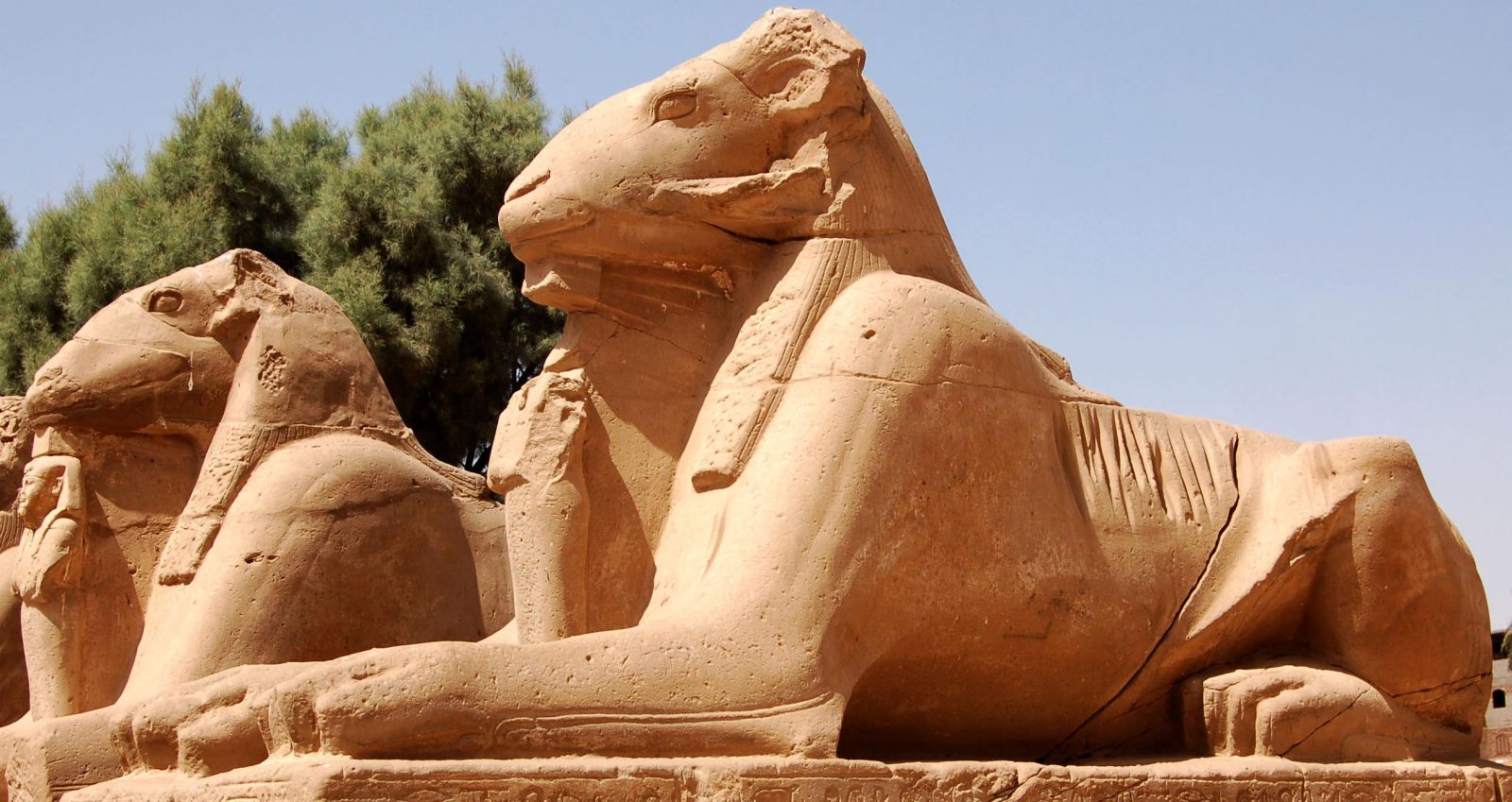
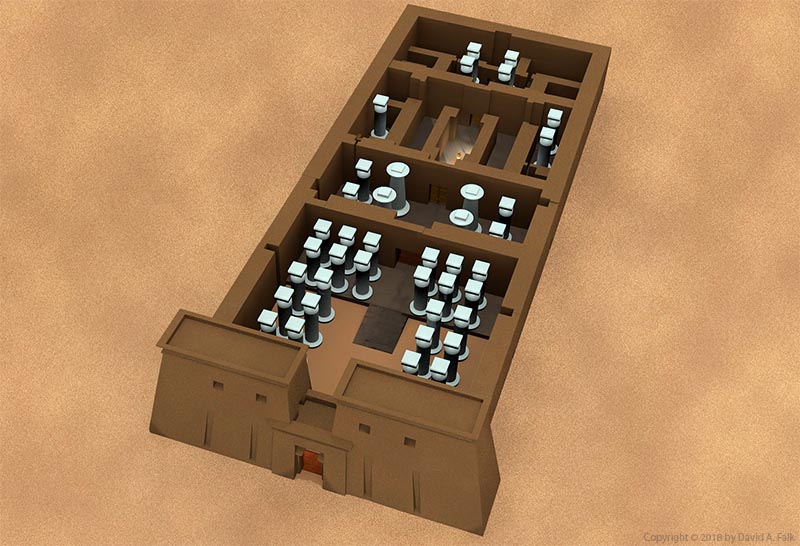
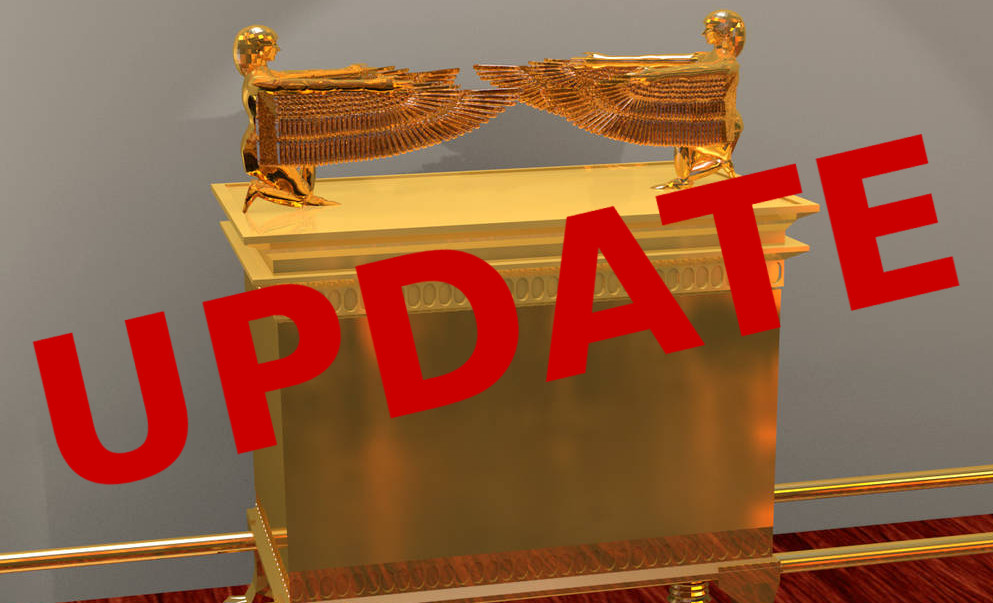
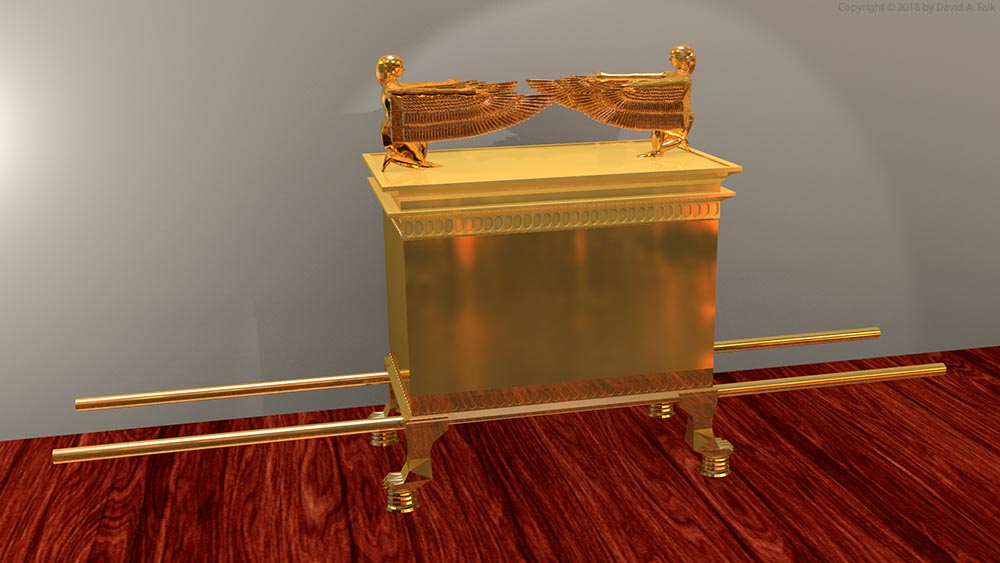
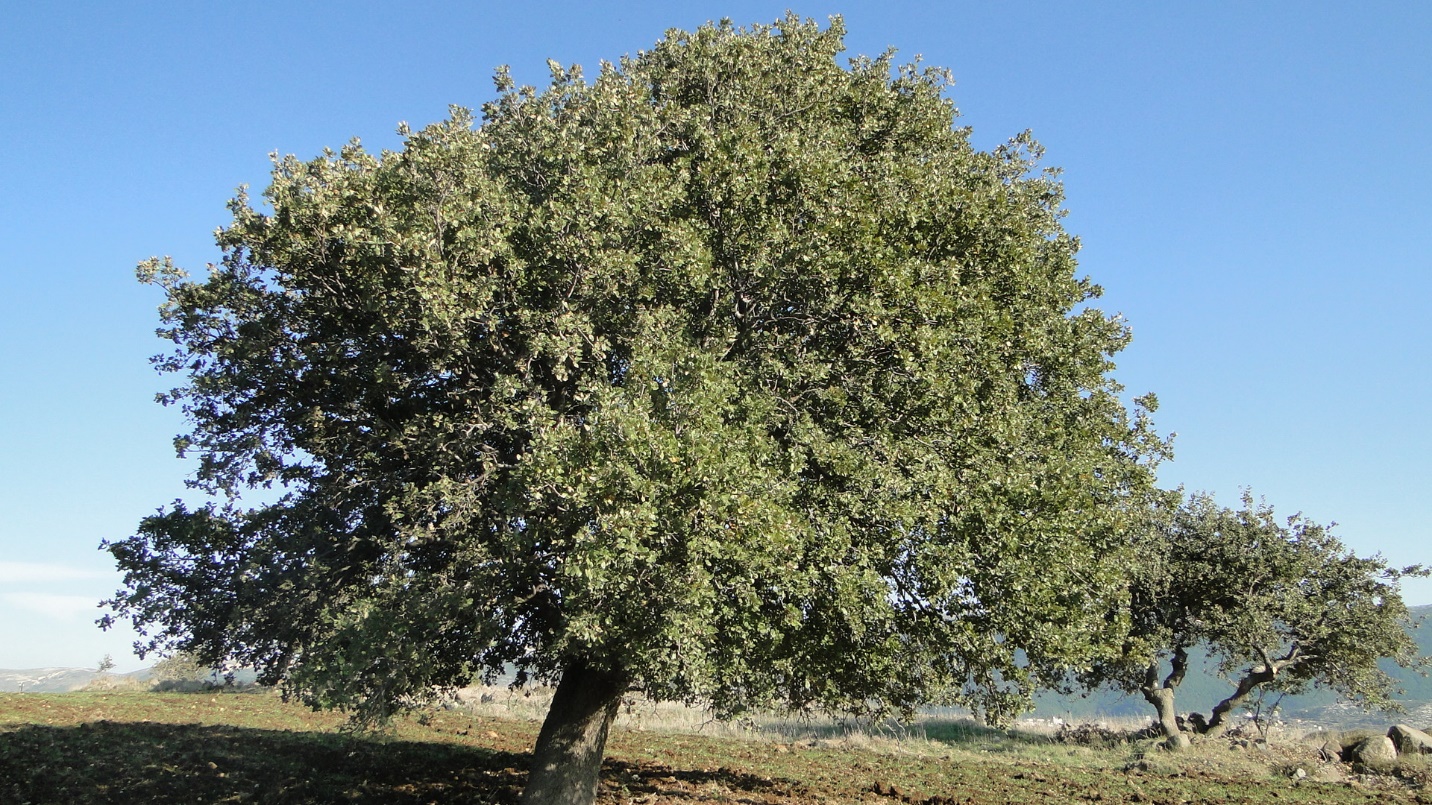
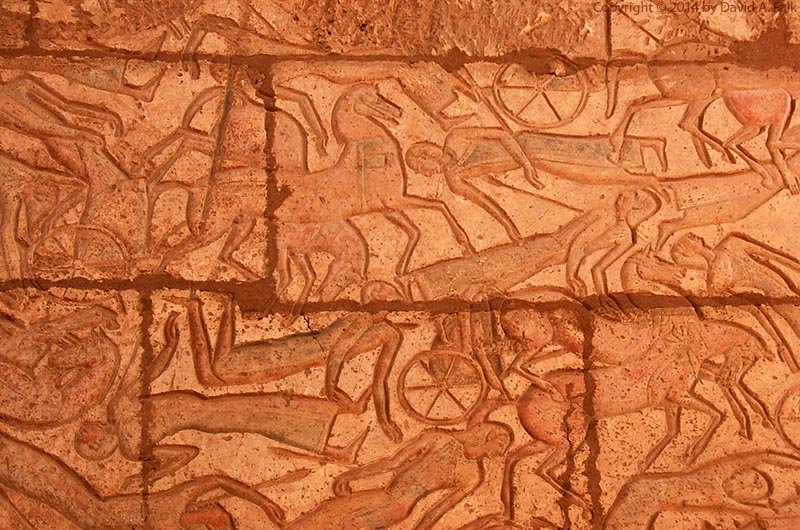
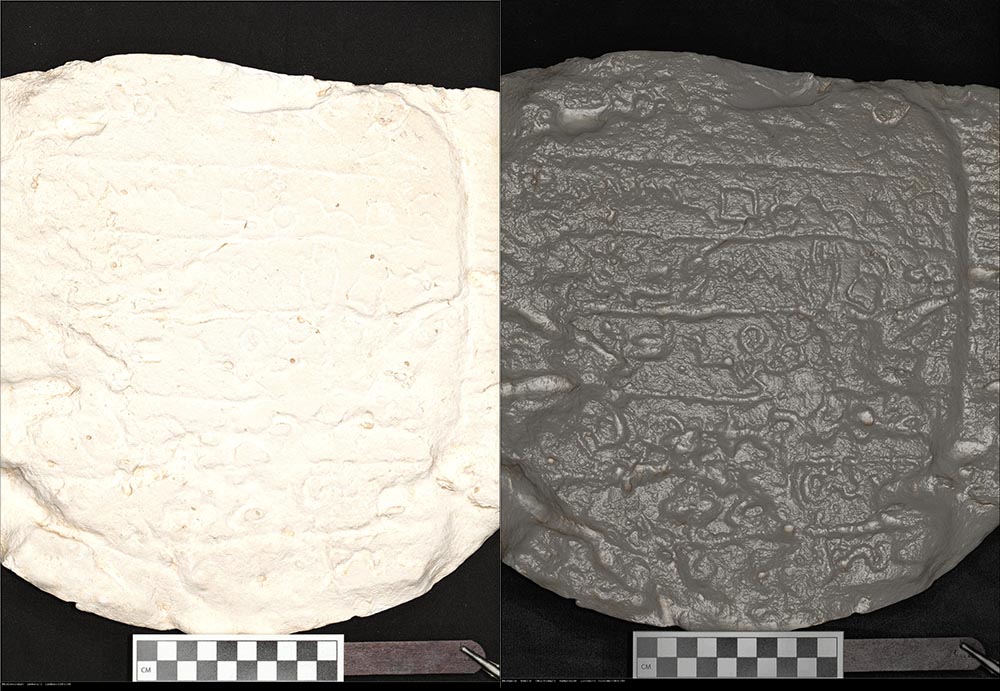
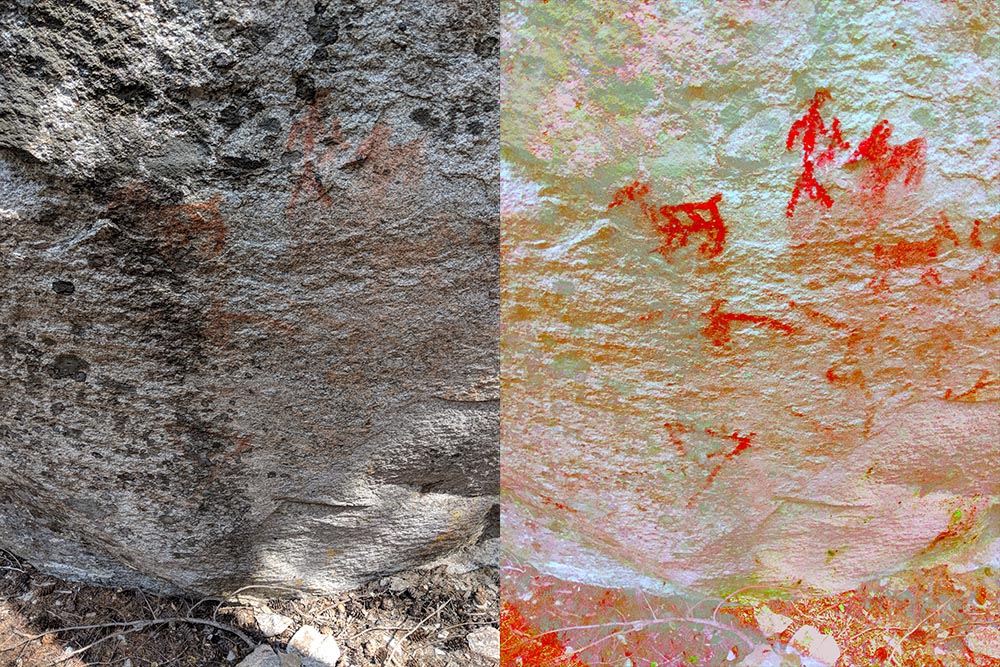
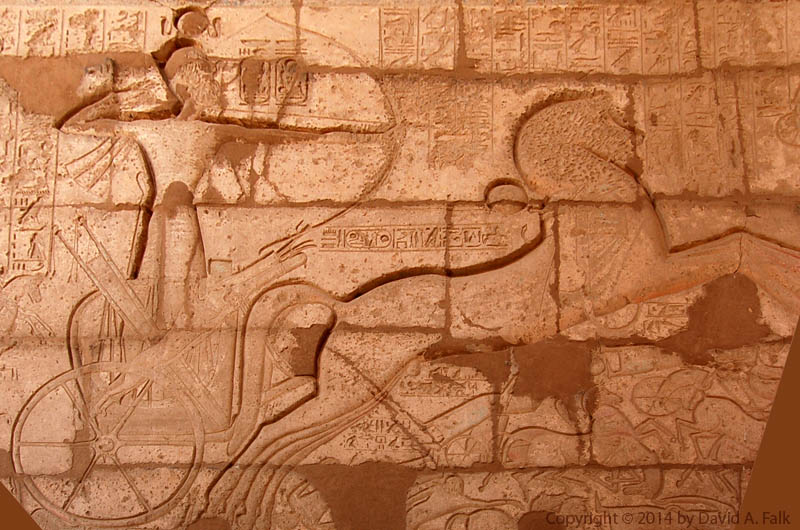
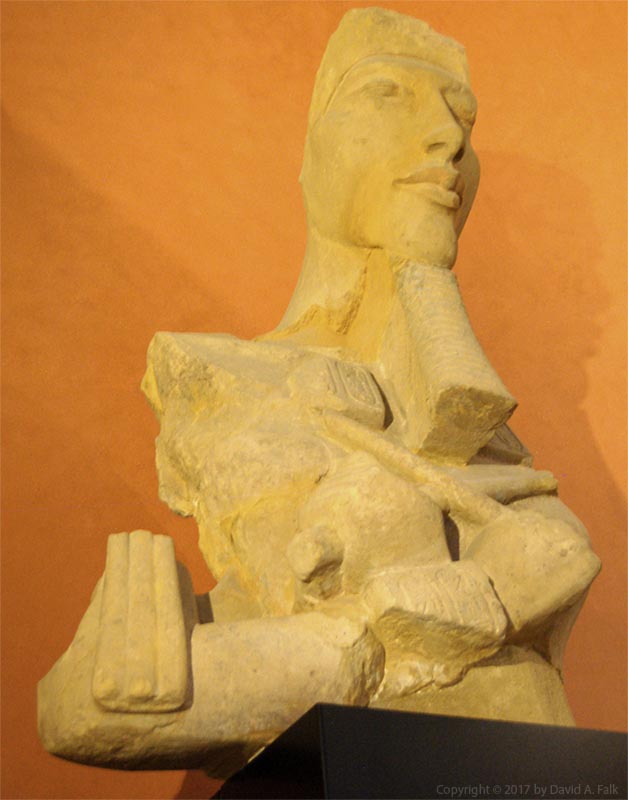
![Seti I relief from Karnak Temple (Illustration from A. H. Gardiner, JEA 6 [1920], pl. 11), with the Migdol.](http://www.egyptandthebible.com/wp-content/uploads/other_photos/migdol.png)